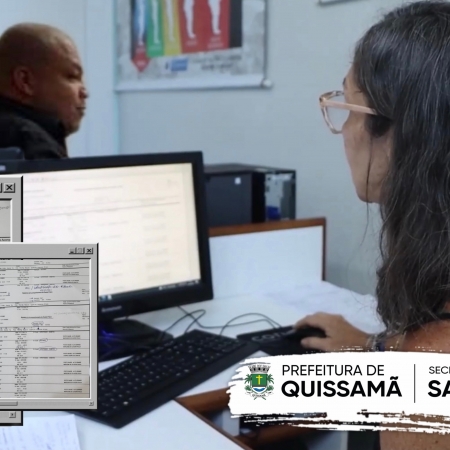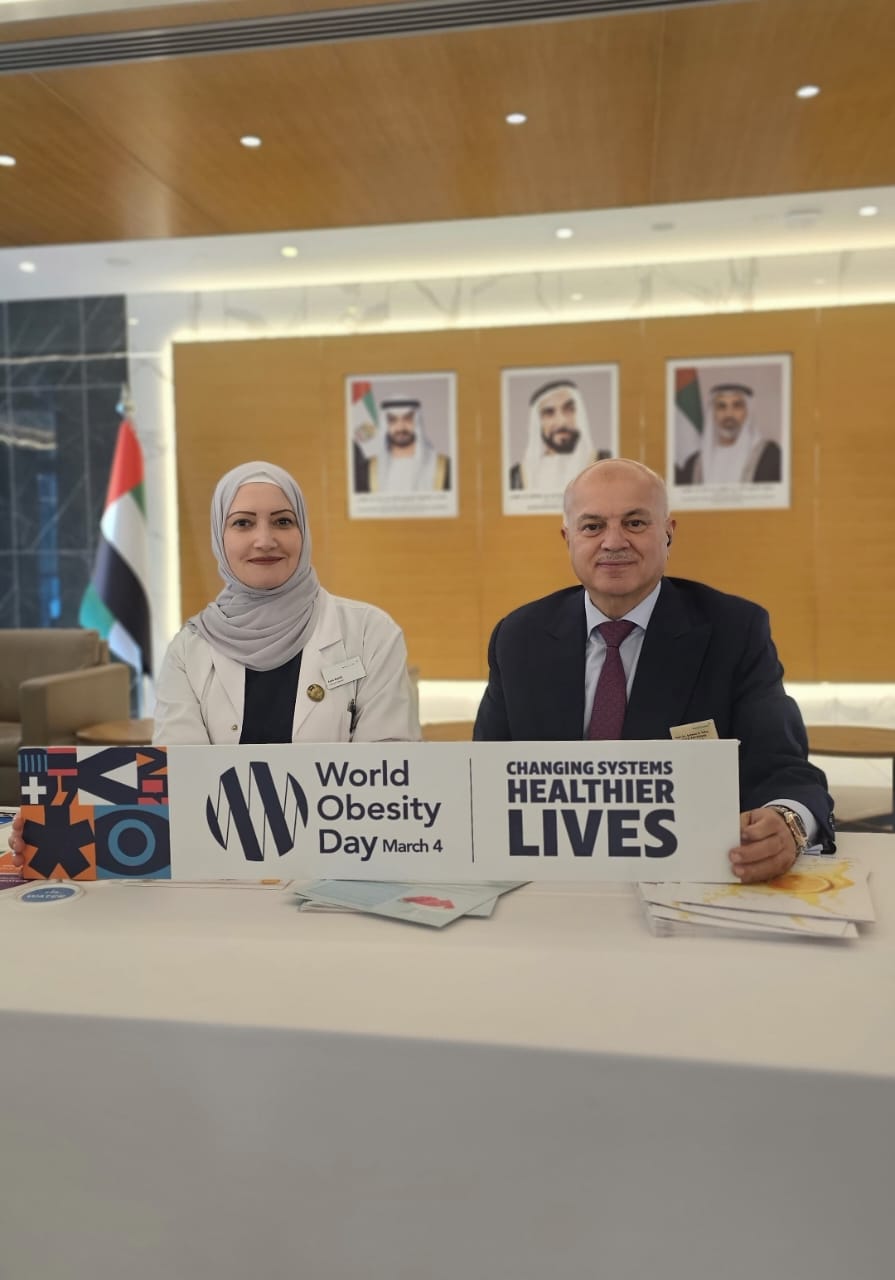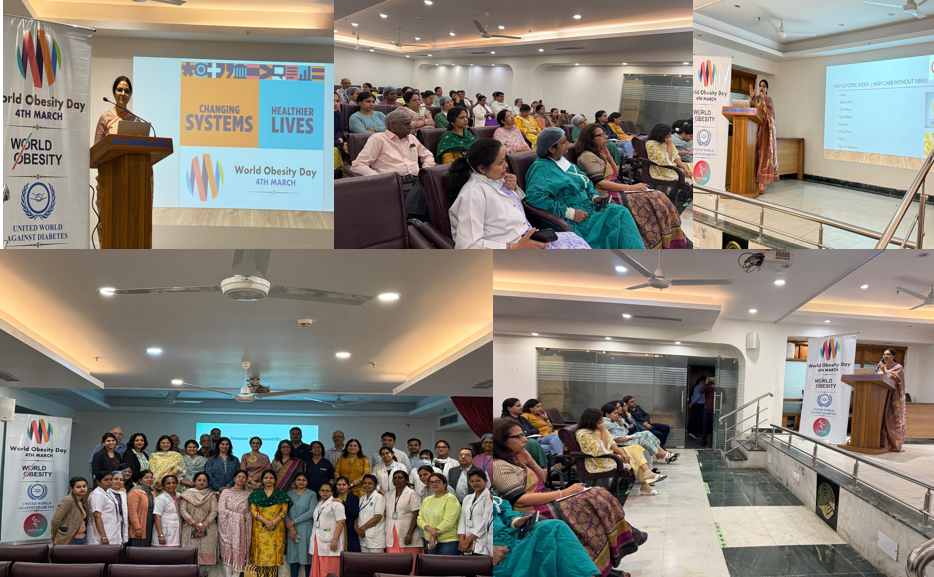Stories

The importance of using tools to face obesity
For World Obesity Day 2022, the Brazilian Obesity Panel convened obesity experts and organizations to share their experiences in preventing and controlling obesity in Brazil. This is one of their stories.
I am a nutritionist responsible for the Food and Nutrition Technical Area (ATAN) in Quissamã. I coordinate the implantation, follow-up, monitoring, and implementation of the care line for overweight and obesity, in partnership with the Family Health Strategy. The goal is to create an integrated care network that promotes behaviour change and adherence to healthy lifestyle habits.
What was the objective of this project?
Obesity is a public health problem and needs to be monitored so that we can act in an integrated manner to reverse this epidemic. From this starting point, we began the implementation of the municipal system ‘VICTOR’, with the objective of mapping users with obesity and its comorbidities by health unit. BMI, waist risk, presence of comorbidities, consultations, and professionals consulted were included in the system. This facilitated the identification of users and strengthened their support network.
Obesity is complex, and health teams need to be aware and trained to receive health unit users and make the appropriate referrals. The implementation of the system allowed each ESF team to identify those at higher risk according to BMI and comorbidities, as well as individuals who were not being followed up but who, through an active search, were welcomed and referred to the unit. It also made it possible to visualize the number of consultations and professional follow-ups, to better diagnose each user's needs.
What was the methodology used?
The Line of Care was implemented in August 2019. It was built with a steering group using a participatory approach encouraging joint production of knowledge and teamwork, where the existing and necessary actions were mapped. After its implementation, the whole team and sectors were trained and informed about the implementation, flows, and protocols.
After this, we started the monitoring, using SISVAN as a guiding tool for the nutritional profile of the population. It was possible to map the number and degree of obesity per health unit, but we felt the need for a more detailed tool with information that could help us to act in a more incisive way to reduce obesity. Together with a technical specialist responsible for the municipal VICTOR system, we discussed how to implement the system so that it would be possible to produce information relevant to the fight against obesity.
What were the results obtained?
The municipal VICTOR system that exports data to the E-SUS (health notification system) was implemented with the required reports during the year 2021. From the reports generated by the VICTOR system, it was possible to view, by health unit, the nominal list of users at nutritional risk and the risk stratification due to comorbidities. This made it possible to open a specific agenda for these users.
Users who are not yet being followed up are invited to make an appointment at the Family Health Strategy (FHS) and to participate in the educational activities that take place monthly in the health unit.
This new tool allowed a careful look at this population, as well as the definition of work strategies in each territory to capture, monitor and receive these users. In addition to monitoring users at nutritional risk, we have the chance to intervene to prevent the worsening of health in other individuals with lower health risk.
How have these results impacted the lives of people with obesity?
What was possible to verify is that the implementation of the line of care has enabled a careful and humanized look at these users who are in compromised health. Nutritional surveillance is a fundamental tool for these groups of people at risk to be noticed. The data made available by the system impacted the teams and made them aware of the problem.
The importance of welcoming and referring users is fundamental for success in changing individual behaviour. We know that many still do not consider obesity as a disease, and stigma and bullying is still very clear to see.
These tools aim to support managers and health professionals in the process of organization and evaluation of nutritional care, and to support the planning of actions related to health promotion. The permanent analysis of the population's health situation will lead to the organization and execution of practices more adequate to face the problems.
By Alba Abreu.
in collaboration with





